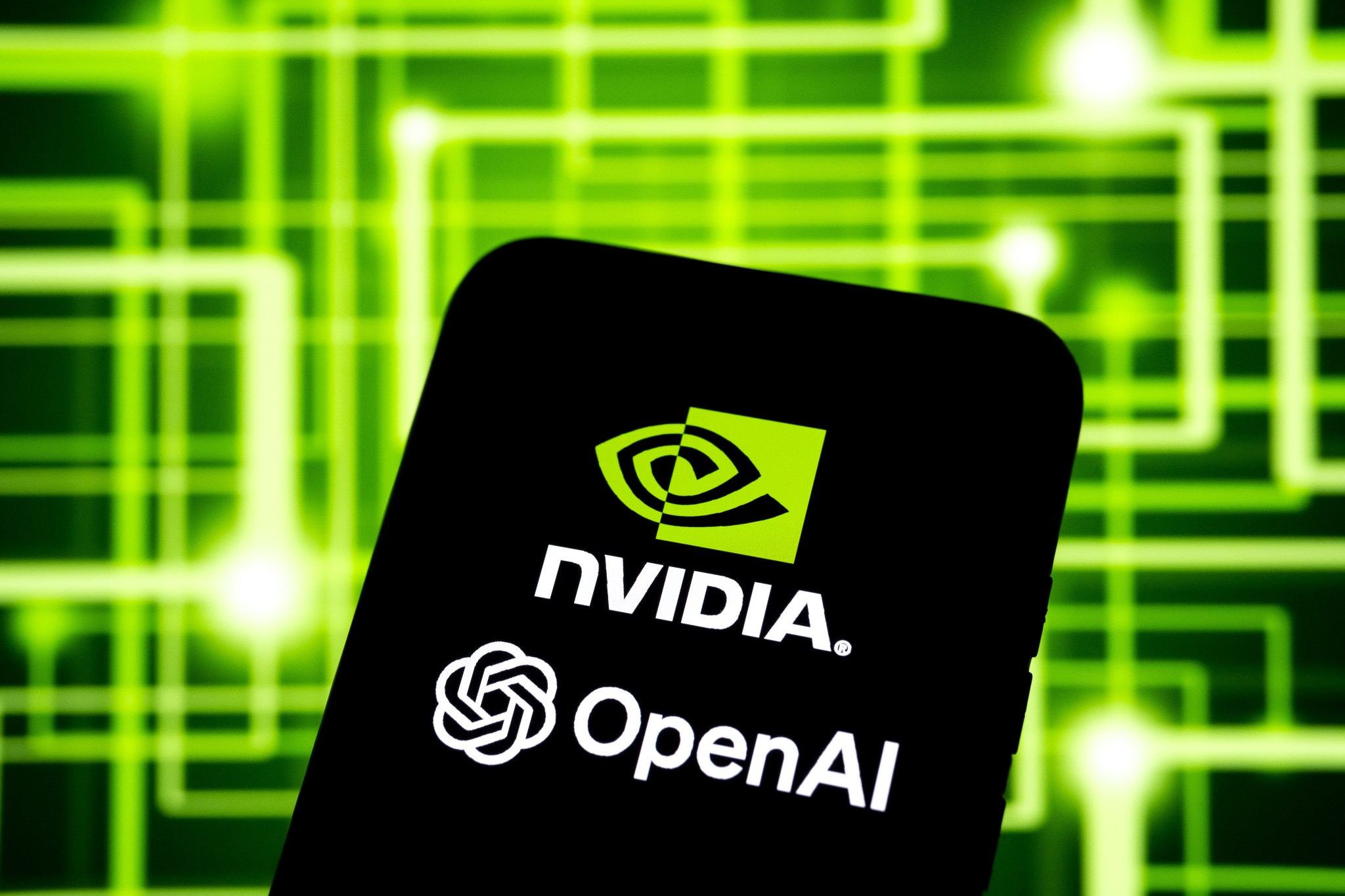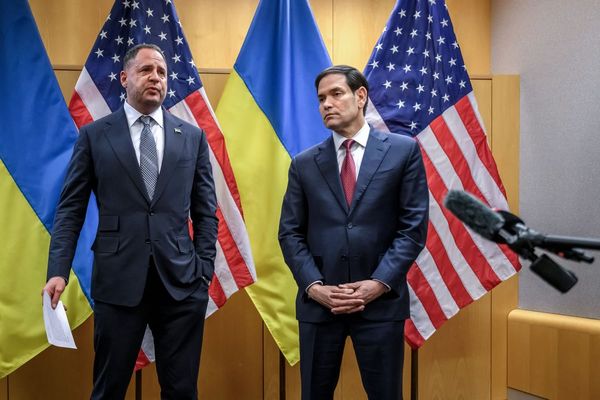
Good morning. One of the largest investments in artificial intelligence to date could further accelerate enterprise AI adoption.
OpenAI, the maker of ChatGPT, and AI chip leader Nvidia announced a strategic partnership on Monday, with Nvidia committing up to $100 billion to support OpenAI’s next-generation AI infrastructure—including investments in power capacity and data centers. The agreement entails deploying at least 10 gigawatts of Nvidia-powered systems—amounting to millions of graphics processing units (GPUs)—to develop and run advanced AI models. The first phase is expected to go live in the second half of 2026.
The two companies will jointly optimize their development roadmaps for OpenAI’s software and models, and for Nvidia’s hardware and software platforms. The investment and infrastructure partnership powers “the next era of intelligence,” Jensen Huang, founder and CEO of Nvidia, said in a statement. Sam Altman, cofounder and CEO of OpenAI, added that the partnership will “create new AI breakthroughs and empower people and businesses.”
This announcement further strengthens the relationship between OpenAI and Nvidia as leaders at the forefront of the AI revolution, while providing OpenAI with substantial funding at lower costs by reducing its credit risk, Wedbush Securities analysts wrote in a Tuesday note to investors.
“This speaks to our view that the next three to six months will be defined by the second, third, and fourth derivatives of the AI Revolution playing out,” according to the analysts.
Dan Ives, managing director at Wedbush, told me the tiered derivatives refer to the other areas of tech that will “benefit from the trillions spent in the AI Revolution.” He added: “Big Tech will dominate, but these other areas are the winners in software, chips, energy, and infrastructure.”
While there are worries about an AI bubble and stretched valuations, the analysts continue to view this as a “1996 moment” for the tech world. “This is still the early days of the AI Revolution in our view,” Ives told me. “The tech bubble was 1999/2000, and this is still early days—a 1996 moment.”
Spending and surging enterprise use cases across industries are creating a group of emerging AI leaders, according to Ives.
Last week, OpenAI’s economic research team, alongside Harvard economist David Deming, released research analyzing 1.5 million ChatGPT conversations to track usage patterns since its launch. The study found that roughly 30% of use is work-related while 70% is personal, with both categories growing over time—highlighting ChatGPT’s dual role as a productivity tool and a source of value in daily life, according to the researchers.
“The early findings are fascinating and point to real shifts in how AI is integrated into everyday life,” OpenAI CFO Sarah Friar wrote in a LinkedIn post. “Especially happy to see the gender gap close.”
By mid-2025, ChatGPT’s early gender gaps had narrowed significantly, with user demographics coming to resemble the broader adult population. In January 2024, 37% of users had typically feminine names; by July, that share had grown to over half (52%).
As OpenAI and Nvidia join forces, their landmark investment signals a far-reaching impact across industries.
Sheryl Estrada
sheryl.estrada@fortune.com







